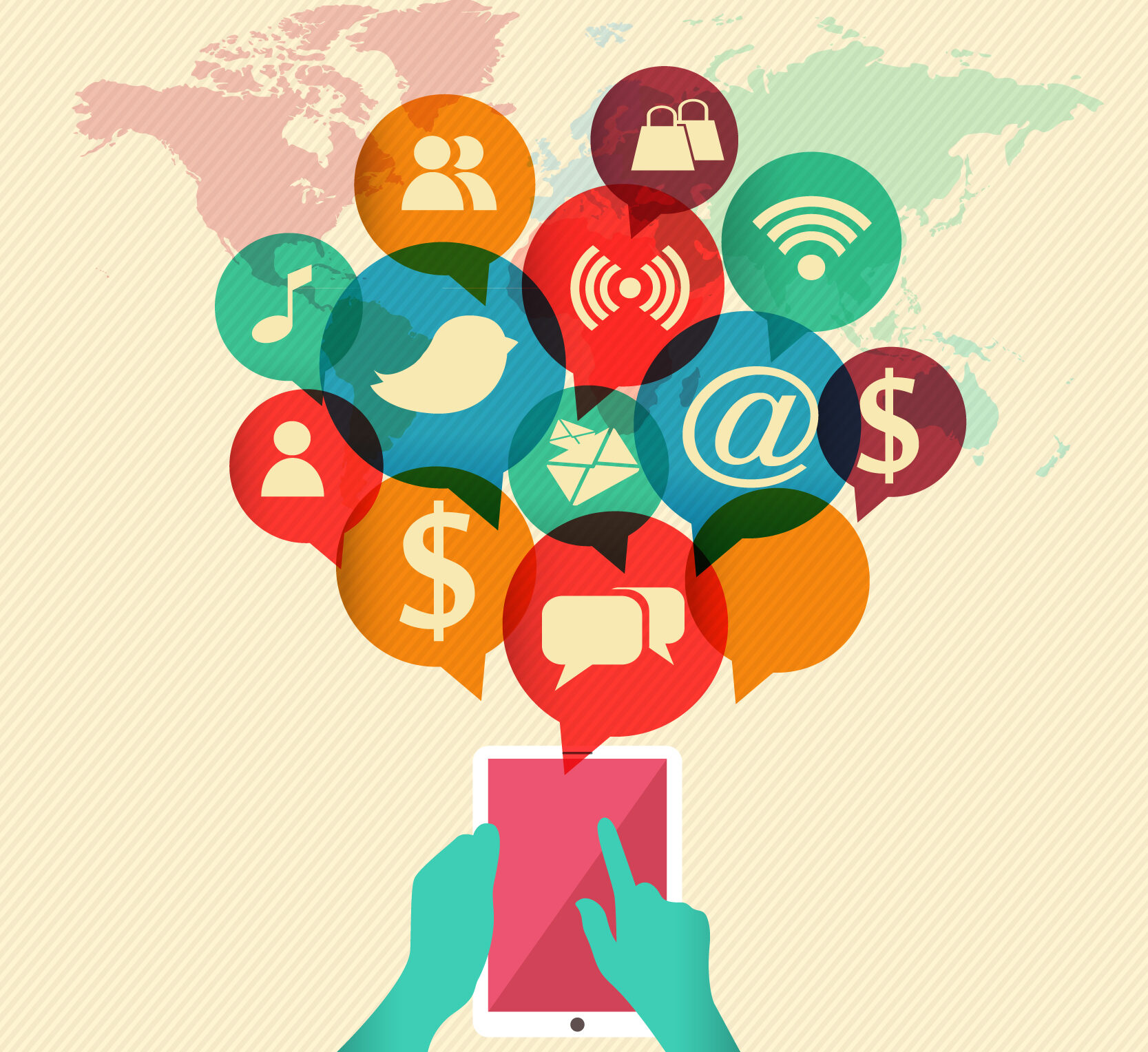
In today’s digitally connected world, consumers interact with brands across multiple platforms—social media, email, websites, in-store, and more. This dynamic makes multi-channel marketing not just an option but a necessity for businesses aiming to thrive. By delivering consistent messaging and experiences across various touchpoints, you can maximize engagement and drive growth. Let’s explore the strategies to master multi-channel marketing effectively.
What Is Multi-Channel Marketing?
Multi-channel marketing involves using a combination of online and offline channels to engage with your target audience. These channels can include:
- Social media platforms
- Email campaigns
- SMS marketing
- Search engine ads
- Content marketing (blogs, videos, etc.)
- Traditional media (TV, radio, print)
- Physical stores
The key lies in integrating these channels seamlessly to provide a cohesive customer experience.

Benefits of Multi-Channel Marketing
- Enhanced Reach
Engaging with customers on their preferred platforms ensures your brand stays visible to a broader audience. - Improved Engagement
Meeting consumers where they already are increases the likelihood of interaction and engagement. - Higher Conversion Rates
Consistent messaging across multiple touchpoints helps guide customers down the sales funnel. - Increased Brand Loyalty
Providing a unified experience builds trust and encourages repeat business.
Key Strategies for Multi-Channel Marketing Success
- Understand Your Audience
Start by gathering data about your customers’ demographics, preferences, and behavior. Use tools like Google Analytics, social media insights, and customer surveys to map their journey across channels. - Define Clear Goals
Are you aiming to increase brand awareness, drive sales, or improve customer retention? Your objectives will shape your strategy and channel selection. - Choose the Right Channels
Not all platforms suit every business. Focus on the channels your audience uses the most. For example: Instagram and TikTok for a younger demographic Email and LinkedIn for B2B communication - Maintain Consistent Branding
Your messaging, tone, and visuals should remain consistent across all platforms to strengthen brand identity. - Personalize Your Content
Use customer data to tailor your messages. Personalization can range from using their name in emails to recommending products based on their browsing history. - Leverage Automation Tools
Marketing automation platforms like HubSpot, Mailchimp, or Hootsuite can help manage and synchronize your campaigns across multiple channels efficiently. - Integrate Data Across Channels
Use a unified customer relationship management (CRM) system to track interactions and preferences, ensuring a smooth and informed approach at every touchpoint. - Monitor and Optimize Performance
Regularly analyze key performance indicators (KPIs) such as engagement rates, click-through rates, and conversion rates to refine your strategy.
Challenges in Multi-Channel Marketing and How to Overcome Them
Fragmented Customer Data
Solution: Implement an integrated CRM to centralize data collection and analysis.
Inconsistent Messaging
Solution: Develop a detailed brand guide to ensure consistency across all platforms.
Overwhelmed Resources
Solution: Prioritize channels that yield the highest ROI and gradually expand as your team and resources grow.
Examples of Multi-Channel Marketing in Action
- Starbucks
Starbucks integrates its mobile app, email campaigns, and in-store promotions to deliver a unified and rewarding customer experience. - Nike
Through its website, social media, influencer partnerships, and physical stores, Nike creates a seamless shopping journey while engaging customers on multiple fronts. - Amazon
Amazon utilizes email, push notifications, social media, and its website to provide personalized recommendations and promotions.

Final Thoughts
Mastering multi-channel marketing is about more than just being present on multiple platforms—it’s about delivering a unified, personalized, and engaging experience at every touchpoint. By understanding your audience, setting clear goals, and leveraging technology, you can craft a strategy that drives success and builds lasting customer relationships.
Start small, optimize continuously, and watch your brand thrive in the multi-channel landscape!






